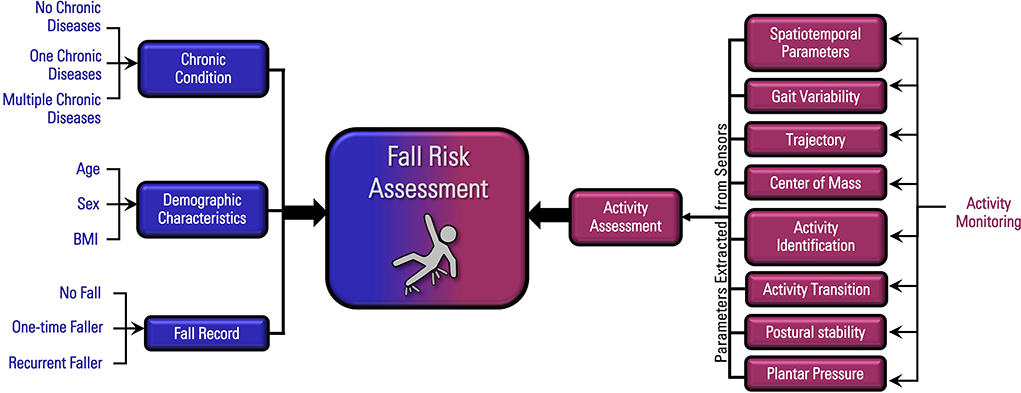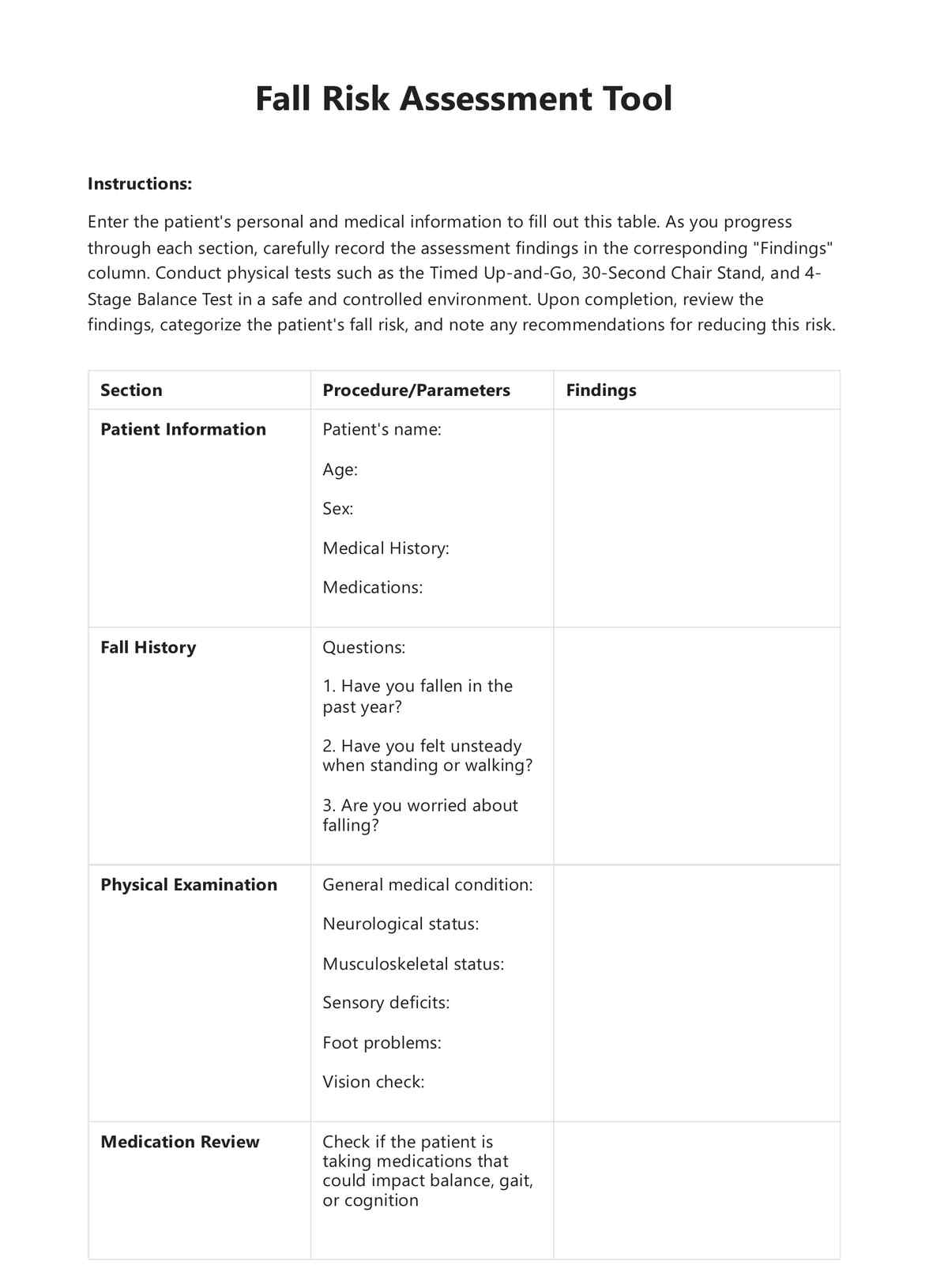The 6-Second Trick For Dementia Fall Risk
Facts About Dementia Fall Risk Revealed
Table of ContentsThe Buzz on Dementia Fall RiskGetting My Dementia Fall Risk To WorkThe 30-Second Trick For Dementia Fall RiskThings about Dementia Fall Risk
A fall risk evaluation checks to see just how most likely it is that you will fall. The evaluation generally includes: This includes a series of concerns concerning your total health and wellness and if you have actually had previous drops or troubles with equilibrium, standing, and/or strolling.STEADI includes testing, assessing, and treatment. Treatments are recommendations that might lower your danger of falling. STEADI consists of 3 steps: you for your danger of dropping for your threat variables that can be improved to try to avoid falls (as an example, balance issues, impaired vision) to minimize your risk of falling by using effective techniques (as an example, offering education and resources), you may be asked a number of inquiries consisting of: Have you fallen in the past year? Do you really feel unstable when standing or strolling? Are you fretted about falling?, your supplier will test your strength, equilibrium, and gait, utilizing the adhering to fall evaluation tools: This test checks your stride.
If it takes you 12 secs or even more, it might mean you are at greater threat for an autumn. This test checks stamina and equilibrium.
The placements will get more difficult as you go. Stand with your feet side-by-side. Relocate one foot halfway ahead, so the instep is touching the large toe of your various other foot. Move one foot completely before the various other, so the toes are touching the heel of your other foot.
The Dementia Fall Risk PDFs
A lot of drops take place as a result of numerous adding elements; for that reason, handling the threat of dropping starts with recognizing the factors that add to fall threat - Dementia Fall Risk. Several of one of the most appropriate threat variables consist of: History of previous fallsChronic medical conditionsAcute illnessImpaired gait and balance, lower extremity weaknessCognitive impairmentChanges in visionCertain risky drugs and polypharmacyEnvironmental aspects can likewise boost the danger for falls, including: Inadequate lightingUneven or harmed flooringWet or slippery floorsMissing or damaged hand rails and get barsDamaged or poorly equipped tools, such as beds, wheelchairs, or walkersImproper use assistive devicesInadequate guidance of individuals residing in the NF, including those who display aggressive behaviorsA successful autumn danger administration program requires a complete clinical analysis, with input from all participants of the interdisciplinary group

The treatment strategy should additionally include interventions that are system-based, such as those that advertise a risk-free atmosphere (proper lighting, handrails, grab bars, and so on). The effectiveness of the interventions ought to be evaluated periodically, and the care plan changed as required to reflect adjustments in the fall danger evaluation. Implementing an autumn risk monitoring system utilizing evidence-based best practice can minimize the frequency of falls in the NF, while restricting the possibility for fall-related injuries.
Getting The Dementia Fall Risk To Work
The AGS/BGS standard recommends screening all adults matured 65 years and older for autumn danger annually. This testing contains asking people whether they have actually dropped 2 or even more times in the past year or looked for medical interest for a loss, or, if they have not fallen, whether they really feel unsteady when walking.
Individuals that have actually fallen when without injury must have their balance and stride assessed; those with stride or equilibrium problems should receive extra analysis. A history of 1 loss without injury and without gait or balance troubles does not warrant additional analysis beyond continued yearly fall danger testing. Dementia Fall Risk. An autumn danger analysis is required as component of the Welcome to Medicare exam

Examine This Report about Dementia Fall Risk
Documenting a drops history is just one of the high quality indicators for loss prevention and administration. An essential part of danger assessment is a medication testimonial. A number of helpful site courses of drugs increase fall risk (Table 2). copyright medications specifically are independent forecasters of falls. These drugs have a tendency to be sedating, alter the sensorium, and harm balance and gait.
Postural hypotension can usually be relieved by decreasing the dose of blood pressurelowering drugs and/or stopping medicines that have orthostatic hypotension as an adverse effects. Use above-the-knee support tube and copulating the head of the bed raised look at more info might likewise lower postural decreases in high blood pressure. The advisable elements of a fall-focused checkup are shown in Box 1.

A Yank time higher than or equal to 12 seconds suggests high fall threat. Being not able to stand up from a chair of knee height without making use of one's arms suggests increased loss threat.